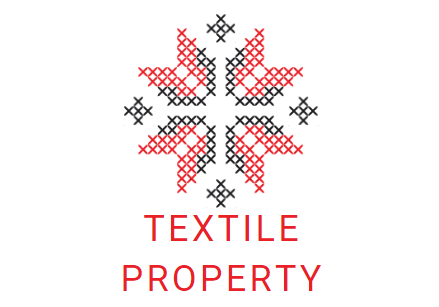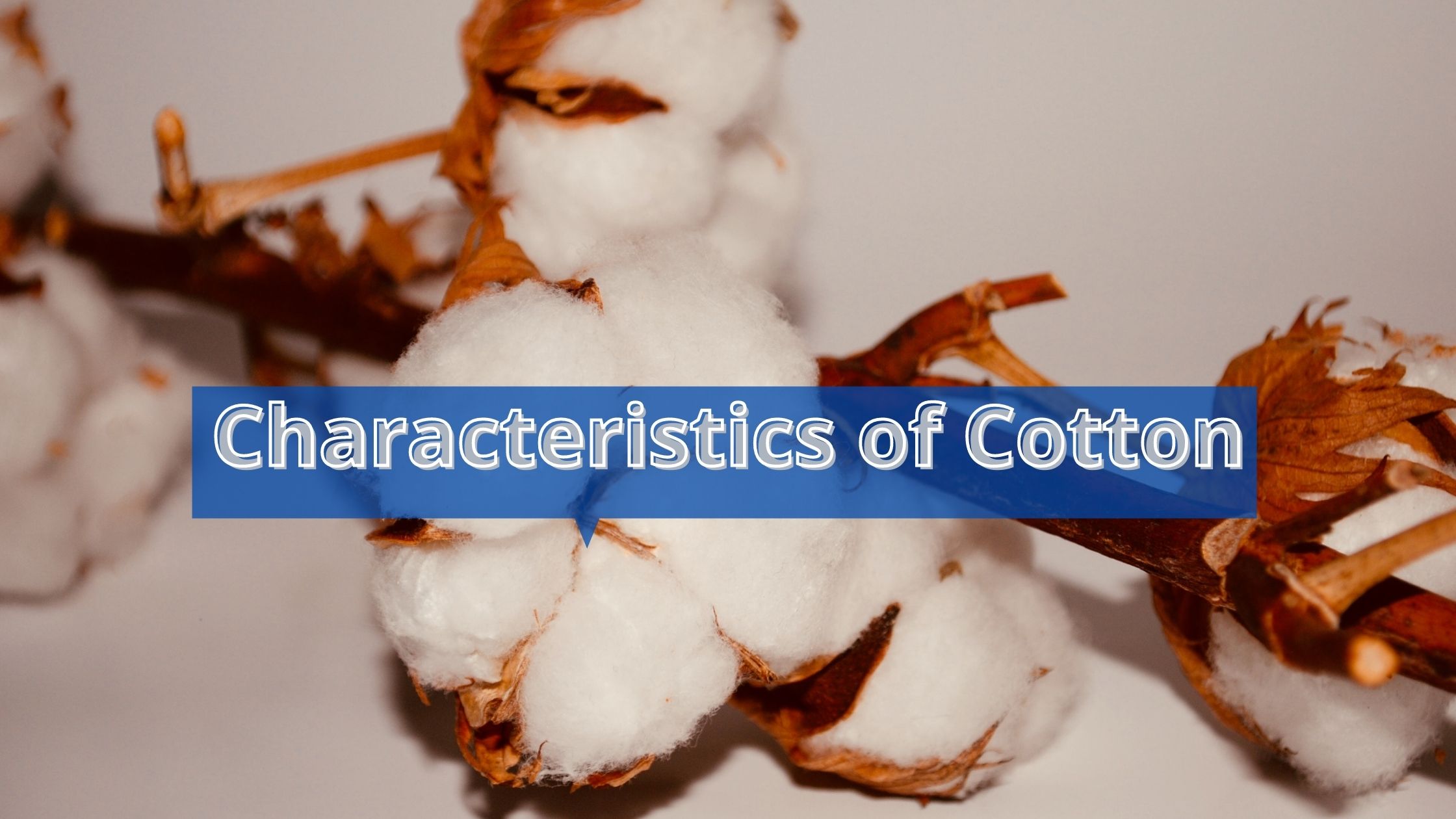The word cotton comes from Arabic word “Katan”. It is called the king of fibers just only because of the characteristics of cotton. Cotton is the backbone of world’s textile market and it is also one of the most important and widely produced agricultural and industrial crops in the world.
Cotton is grown is about 80 different countries. The most important producers are China, USA, India, Pakistan, Uzbekistan, Turkey, Australia, Brazil, Argentina, and Syria. In this article we will discuss about the characteristics of cotton, types, physical and chemical properties of cotton.

Characteristics of Cotton
- Comfortable
- Light weight
- Non-elastic
- Good draping quality
- Feels soft
- Super absorbent
- Color retention capacity is good
- Dry cleanable
- Machine wash is possible
- Great strength
- Good cooling properties
- Dries fast
- Extremely shiny
- Moisture absorption is very good
- Very durable
- Wet fibers are more resistant
Morphological structure
Cotton contains 95% cellulose. High grade, soft material with super absorbent quality- all these qualities are extremely suitable for cotton.
Cotton is of different colors based on its origin. Cotton fiber length varies between 10 to 65 mm. American cotton has white color whereas Egyptian and Chinese cotton has yellowish and red-yellowish color respectively.
Under microscope the fiber appears to be-
- Ribbon like
- Kidney-shaped cross-section
- Natural convulation of longitudinal view
- Having two ends
- Twisted in a spiral, tightly and regularly wrapped in high end fiber
With sanforization and mercerization process, the properties of cotton can be improved.

Image Source: Online Textile Academy

Image Source: sosopoetry
Polymeric structure of cotton
- Cotton is a cellulosic fiber.80-90% cellulose is in cotton but oil, wax, protein, pectin and some coloring content are also present. The polymer chain of cotton cellulose is linear.
- It is a polymeric sugar of polysaccharide made up of 4000-9000 repeating cellobiose unit, which consists of two glucose units connected to each other by 8-ether linkages.
- The number of repeating unit of a polymer chain is called Degree of Polymerization (DP).
- If 5000 repeating unit stay in a polymer chain then its Degree of Polymerization is 5000.

Image Source: Online Textile Academy
Grading & Classification of Cotton
The word Grading means the rating of cotton according to quality parameter of cotton. Cotton is classified by grading and it is done according to length, fineness, strength, color, lusture and impurities. This division is done by different way according to the production land.
Different grading systems
American | Indian | Egyptian |
|
|
|
Properties of different cotton fibers with spinning limit
Origin of Cotton | Fiber length (mm) | Micronaire (MIC) | Diameter (mm) | Spinning Limit (Ne) |
Sea Island | 49-50 | 3.0-3.2 | 0.016 | 200 |
Egyptian | 38-44 | 3.0-3.2 | 0.017 | 200 |
American | 25.4-38 | 3.0-3.5 | 0.018 | 70 |
CIS | 25.4-33 | 3.4-3.8 | 0.020 | 70 |
Indian | 20.5-30 | 3.5-4.5 | 0.021 | 40 |
China | 20.5-28 | 3.5-4.5 | 0.021 | Coarse |
Pakistan | 15.5-25.4 | 4.0-4.8 | 0.021 | Coarse |
General Physical & Chemical Properties of Cotton fiber
- Fiber Length: Varies from 10-65 mm
- Fiber Strength: Strength is varied 24-32 gm/tex
- Fineness: The value varies 3-6
- Maturity ratio: varies from 0.7-0.9
- Color: Light yellow or brown
- Moisture Content: 8.5%
- Gravity: 1.48 – 1.51 g/cm3
- Effects of Acids: Cotton fibers are weakened by cold weak dilute acids and degraded by strong acids.
- Effects of Alkali: Unaffected or undamaged by alkaline solution
Types of Cotton yarns
- 100% Cotton
These yarn has 100% cotton fibers. Garments containing 100% cotton yarn has ability to absorb sweat immediately. It has cooling properties. So, this is used in hot weather extensively. But blends of cotton is cheap than this. For maintaining high quality, 100% cotton is used to make garments or apparels.
- CVC
CVC stands for chief value cotton. A blended yarn having more percentage of cotton as compared to that of polyester is called CVC yarn. For example: Cotton: Polyester 70: 30. Pricing of CVC is still too high.
- PC
Yarn produced by blending of cotton and polyester fibers. The maximum part of these yarns are polyester. The yarn contains more than 50% of polyester. The rest part is cotton.
- TC
TC stands for Terelyne – Cotton. This is also made by blending of cotton and terelyne fibers. But in this case, the higher amount used is polyester fibers and the rest portion is cotton fibers. TC yarn is used for making apparels most of the time. This provides the soft and cool feel of cotton to the user.
Identification of cotton fiber
There are different tests which could be used for the identification of the cotton fiber. It is suggested to combine at least two or more different methods to reach an acceptable and reliable conclusion in practice.
- Feeling test: Unresponsive, smooth and a soft hand to human skin, feels good against skin.
- Burning test: The reaction of fibers to heat from an open flame is a useful guide in identification of fibers. Non melt, burn. Smell like paper burning. The smell of cotton burning is like of paper burning because paper is also a cellulosic material.
Some technical tests are required for detailed identification
- Microscopic identification
- Chemical test
- Coloring with dyestuffs
- Solubility test: Cotton is easily dissolved by H2SO4
- Staining
End use
- Apparel
- Home textile to Industrial textiles
To Wrap Up!
The versatility of cotton is huge. Its uniqueness makes it the most popular fiber ever. The characteristics of cotton makes it more preferable to all.
You may also check: Different types of cotton-explained!


What are the names of cotton manufacturing companies in the U.S.A. that make “acid-free” cotton material that can be used in sewing projects such as flag covers?